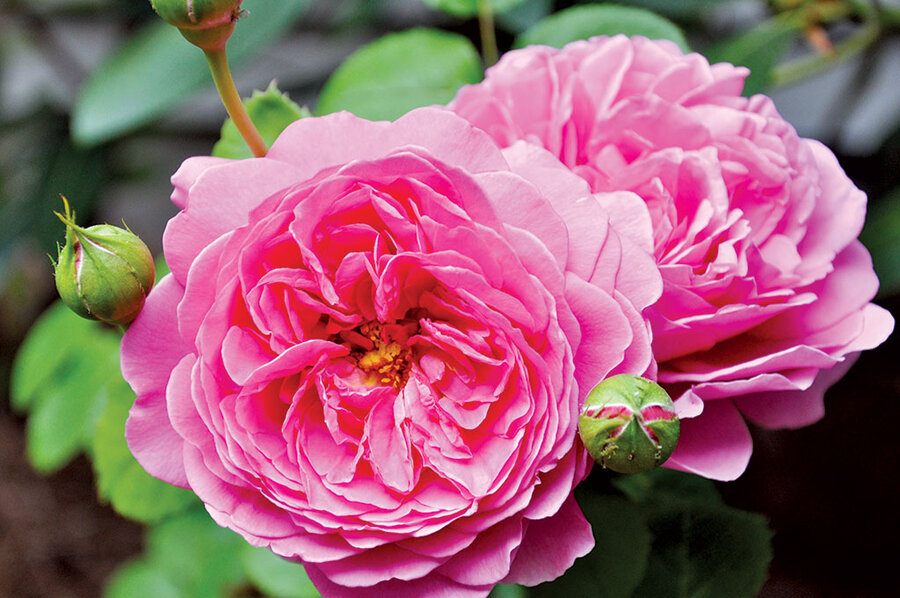How to get ready for winter
Now that pumpkins and mums dominate the garden landscape, it’s a treat to see some of my favorite roses making their final appearance of the season. The last roses of summer are often the sweetest – the nip in the air deepens the colors, and the blooms are sometimes a bit larger than usual. Best of all, I don’t have to worry about pruning or fertilizing until 2015.
There are a few garden chores that should be done before winter. But the list is pretty short for those in most areas of the United States; it includes more don’ts than dos.
Do pull weeds and dying or dead annuals before they spread unwelcome seeds. If you have any attractive perennial seed heads, do leave some for the birds. Otherwise, cut back most perennials and bag any diseased foliage for disposal.
Bring in herbs to dry or freeze. Chives, dill, mint, oregano, parsley, rosemary, thyme, and tarragon are just a few that will keep their flavor when frozen. Rinse the leaves and allow herbs to dry. Place them in a single layer on a baking sheet and freeze. Transfer them to airtight containers; keep them in the freezer.
You can also freeze the herbs mentioned above by placing them in an ice cube tray and covering them with water. Store the “herb cubes” in freezer bags.
Back to the garden: Leave browned ornamental grasses standing over winter – except in areas where wildfires are a problem – and remember to prune them in early spring.
Don’t prune shrubs or trees, including evergreens, aside from removing dead or damaged branches. Ask your local county extension agent for guidance specific to your region.
Don’t cut roses back now, either. If you live in a cold area and prune now, the canes may suffer dieback, which means you’ll have to cut them back more severely in the spring. Wait until the forsythia blooms in your area before breaking out the pruning shears.
An exception is rambling roses that bloom on old wood: If you wait until next year to tidy them up, you might cut off potential new flowers. Trim about one-third of the growth now, as well as any dead canes. I also suggest trimming back rosebushes that have developed extra long canes. (I have two that have eight-foot-tall canes.) Trim them to waist height so they don’t whip around in the wind, injuring themselves, other canes, or you.
Don’t trim off rose hips, the colorful fruits that form in late summer and early fall. They often turn lovely shades of orange-red and are a signal to the bush that it’s time to get ready for a long winter’s nap.
Again, it’s important to tear off and destroy any rose leaves that display signs of disease or insect infestation. Dig up and discard any bushes that have died. Never put diseased leaves or dead roses in your compost pile.
Do identify any garden plants that might need extra protection. If you aren’t sure whether a variety is tender, play it safe and add an eight-inch mound of soil, compost, shredded leaves, or other organic material around the base of the plant.
Finally, clean your garden tools and dry them well. Sand off rust as necessary and lightly coat them with vegetable oil.
Now you’re ready to scour the catalogs when they arrive and start thinking about plants you’d like to add next year.






